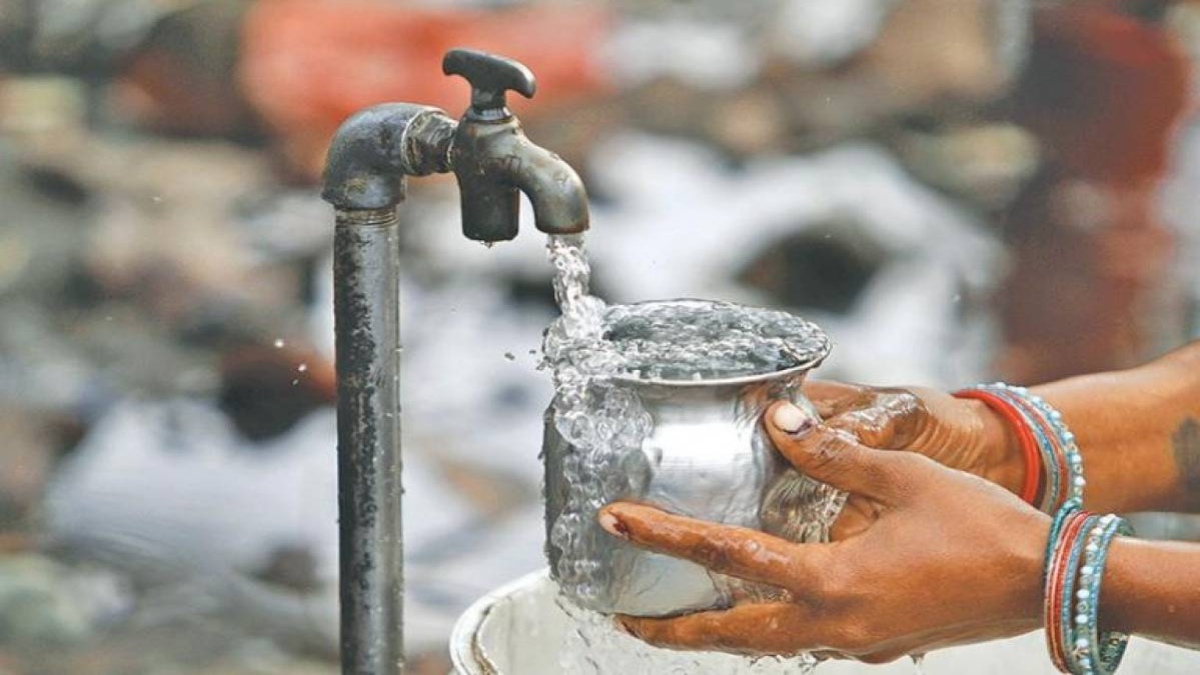


Rivers like Yamuna and Ghaggar enjoy a prominent place in Haryana culturally as well as historically. Besides, these rivers are the lifeline of the people of the state to some extent as these exist as the crucial source of irrigation along . But, presently both rivers continue to witness worsen scenarios as underground water existing in the catchment area of these rivers is not found fit for drinking along with increasing pollution in the rivers which is a matter of a serious concern. Haryana State Pollution Control Board (HSPCB) has marked at least 153 locations— 74 and 79 in catchment areas of the Yamuna and the Ghaggar respectively to be monitored.
Following the monitoring process, what came to surface is that underground drinking water in nearly 40 percent of spots falling in the catchment area is not to expectations and the water in the same area is not for drinking. The data recently sent to the National Green Tribunal (NGT) revealed that water in nearly 20 percent of total areas marked in the catchment area of the Yamuna is not suitable the drinking while contrary to this, if talk about the Ghaggar then things have gone worsened as drinking water quality in more than 50 percent of the catchment area is failed to meet the required criteria.
According to information and in wake of the ongoing scenario, the directions have already been conveyed to all task forces to cap such water sources and a display board mentioning that ‘ water is not for drinking purpose’ may be placed. A string of factors do exist for increasing pollution as well as the decreasing underground water quality in the catchment areas of these rivers. The major causes include untreated sewage, industrial effluents, the dumping of garbage, chemicals, open sewage drains, lack of sufficient soil erosion, open and dead bodies, immersion of idol and aesthetic activities etc.
It is worth mentioning that the districts with heavy industry and such activities contribute a sizable chunk to the pollution in the rivers and play the main role in decreasing water quality. The list includes the districts such as Panipat, Sonipat, Gurugram, Faridabad with many more in queue as industrial units in these cities continue to release untreated sewage in the Yamuna. If we look at the Ghaggar, the districts including Fatehabad, Kaithal and Sirsa do exist with the maximum marked areas with water not fit for the drinking what continue to increase the problems of the state.